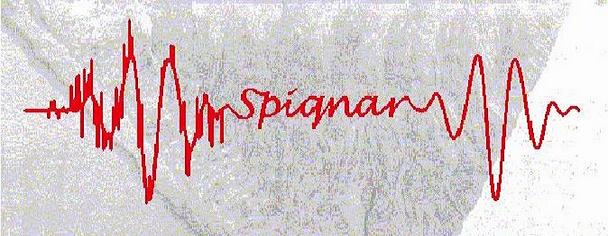Continuous-Time Linear Systems:
Physically realizable, linear time-invariant systems can be described by a set of linear differential equations (LDEs):
Physically realizable, linear time-invariant systems can be described by a set of linear differential equations (LDEs):
 |
| Figure with input, f (t) and an output, y (t). |
Figure: Graphical description of a basic linear time-invariant system with an input, f (t) and an output, y (t).
 |
Equivalently,
 |
With an = 1.
y (t) = yi (t) + ys (t)
We refer to yi (t) as the zero-input response – the homogeneous solution due only to the initial conditions of the system. We refer to ys (t) as the zero-state response – the particular solution in response to the input f (t). We now discuss how to solve for each of these components of the system's response.
Finding the Zero-Input Response:
The zero-input response, yi (t), is the system response due to initial conditions only.
Close the switch in the circuit pictured in Figure at time t=0 and then leave everything else alone. The voltage response is shown in Figure
 |
| Finding the Zero-Input Response |
 |
| Finding the Zero-State Response |
Finding the Zero-State Response:
Solving a linear differential equation
 |
| Linear differential equation |
Given a specific input f (t) is a difficult task in general. More importantly, the method depends entirely on the nature of f (t); if we change the input signal, we must completely re-solve the system of equations to find the system response.
Convolution helps to bypass these difficulties. We explain how convolution helps to determine the system's output, given only the input f (t) and the system's impulse response h(t).
Before deriving the convolution procedure, we show that a system's impulse response is easily derived from its linear, differential equation (LDE). We will show the derivation for the LDE below, where m <>:
 |
We can rewrite as
QD [y (t)] = PD [f (t)]
Where QD [.] is an operator that maps y (t) to the left hand side
 |
And PD [.] maps f (t) to the right hand side. Impulse response of the system described by the equation is given by:
h (t) = bn δ(t) + PD [yn (t)] μ(t)
Where for m <>we have bn = 0. Also, yn equals the zero input response with initial conditions.
{yn-1 (0)=1,yn-2 (0)=1,…,y(0)=0}

No comments:
Post a Comment